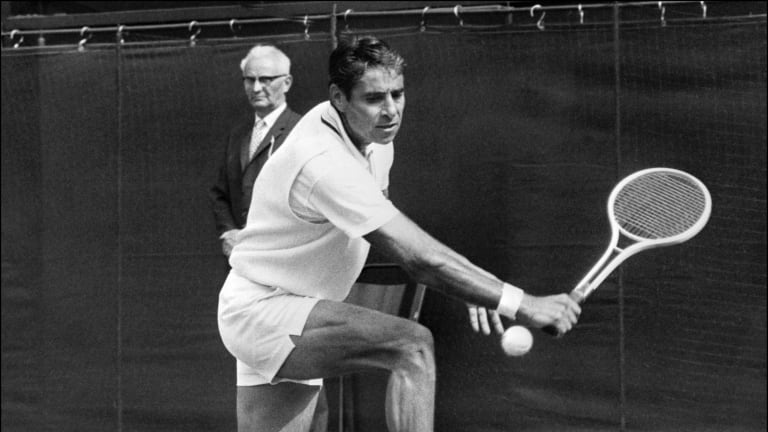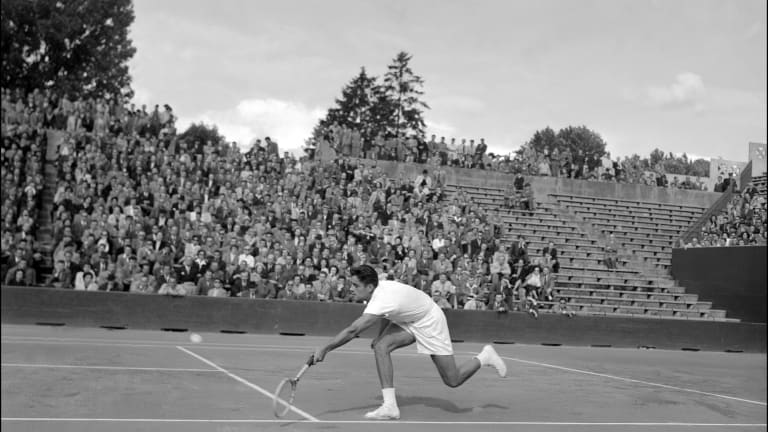Pressure Points
Pancho Gonzales: The Man to Play for the Earth
By Jan 12, 2022Pressure Points
Monica Seles: The Woman to Play for the Earth
By Jan 12, 2022Pressure Points
Pressure Points: Inside the toughest matches for Serena, Federer, Nadal, Osaka and Djokovic
By Jan 12, 2022ATP Munich, Germany
Ben Shelton and Francisco Cerundolo join Alexander Zverev in Munich semifinals
By Apr 18, 2025Social
Carlos Alcaraz offers support to Sara Sorribes Tormo after she announces break from tennis
By Apr 18, 2025ATP Munich, Germany
Alexander Zverev needed a win like his 'close one' against Tallon Griekspoor in Munich
By Apr 18, 2025ATP Barcelona, Spain
Holger Rune ousts Casper Ruud in Barcelona, thanks social media for making H2H a 'big deal'
By Apr 18, 2025ATP Barcelona, Spain
Play suspended in Barcelona when the wrong racquet gets taken for stringing
By Apr 17, 2025Pop Culture
Serena Williams named to Time's 100 most influential people ... and Coco Gauff approves!
By Apr 17, 2025WTA Stuttgart, Germany
Jelena Ostapenko tops Emma Navarro for Iga Swiatek Stuttgart clash; Coco Gauff, Jessica Pegula roll
By Apr 17, 2025Pressure Points
Pancho Gonzales: The Man to Play for the Earth
In part one of an out-of-this-world, pressure-packed tale—one man and one woman to play for the fate of the planet—an American legend is called up to serve.
Published Jan 12, 2022
Advertising
Advertising

Pancho Gonzales was inducted into the International Tennis Hall of Fame in 1968.
© AFP via Getty Images
Advertising
Advertising

Gonzales won 14 major singles titles, including two U.S. National Singles Championships in 1948 and 1949.
© AFP via Getty Images